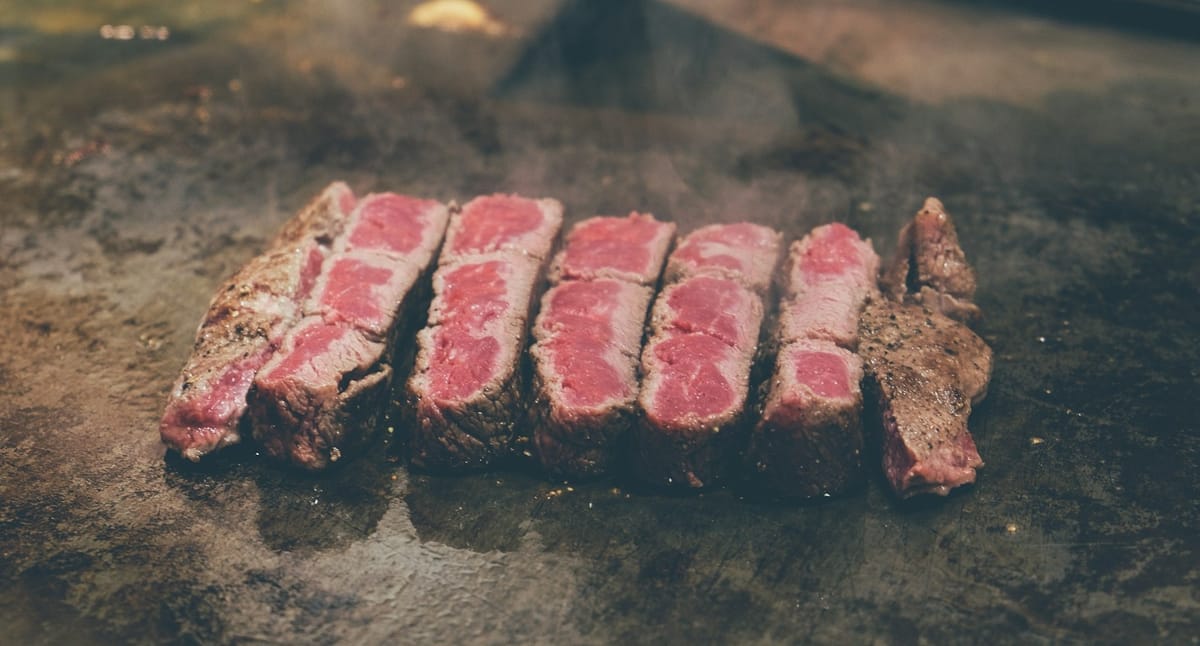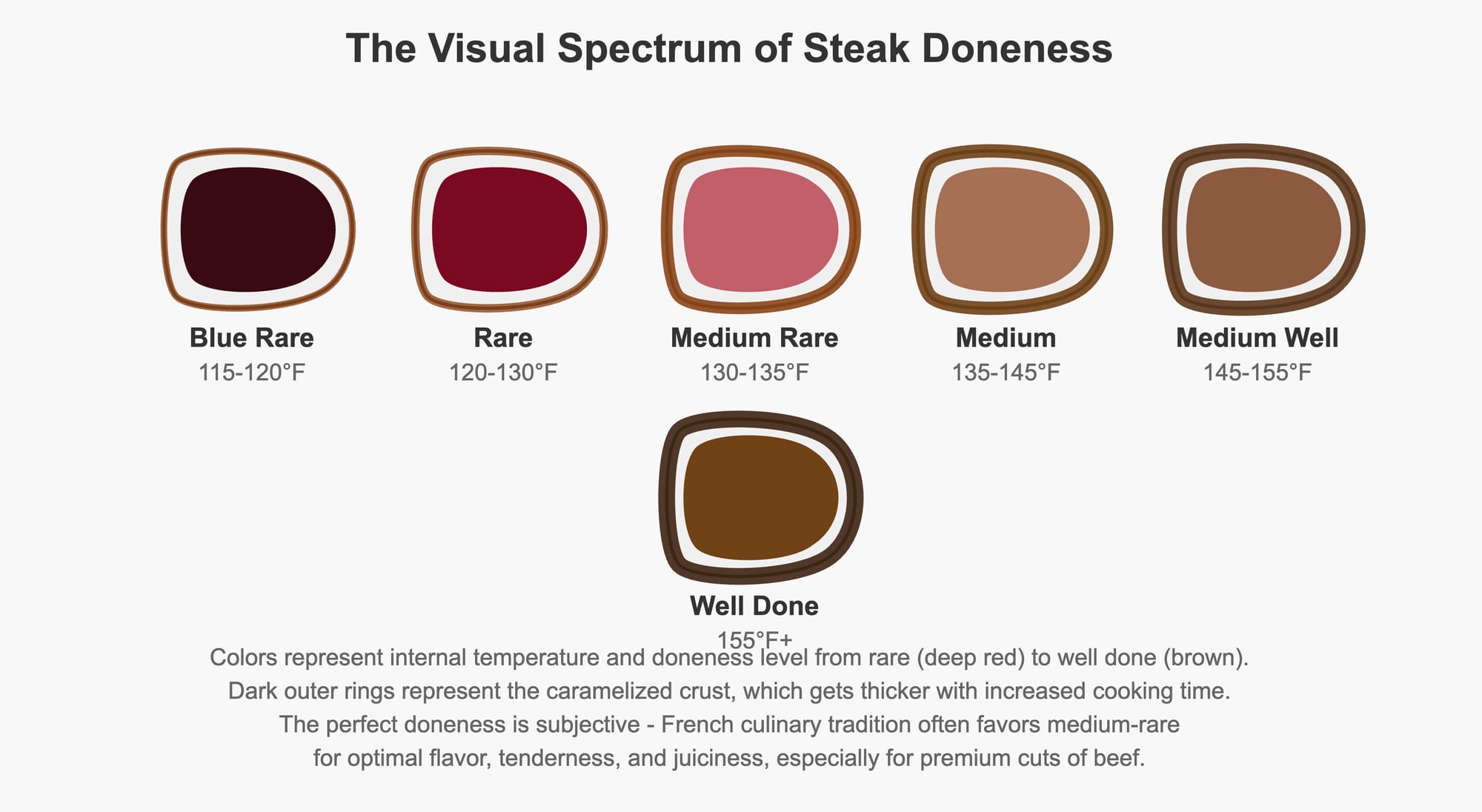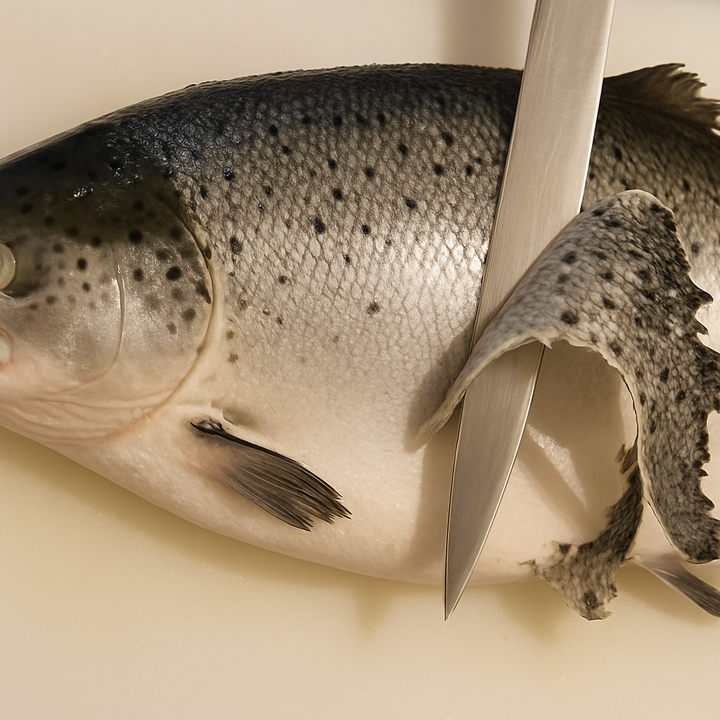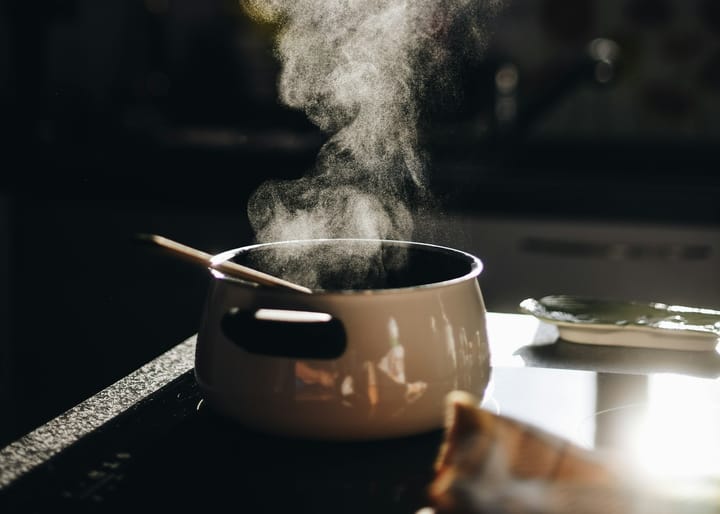Steak Doneness Ultimate Guide from Rare to Well-Done
For centuries, chefs have pursued the perfect steak—that ideal balance between a caramelized crust and precisely cooked interior. Understanding doneness is the key to mastering this culinary art form.

The perfect steak is a deeply personal experience, whether you're savoring an expensive marbled ribeye, an impressive tomahawk, or a leaner cut of sirloin.
What delights one diner might disappoint another, with preferences ranging from the almost-raw rareness that showcases beef's natural flavor profile (particularly noticeable in a rich ribeye) to the thoroughly cooked well-done that offers a different textural experience altogether (which some prefer even for premium cuts like tomahawk).
The inherent tenderness of each cut—from the buttery-soft ribeye to the more structured bite of sirloin—further influences the ideal doneness level, creating a delicate balance between the cut's natural characteristics and heat application.
This complexity deepens with dry-aged beef, where the controlled aging process concentrates flavors and naturally tenderizes the meat through enzymatic breakdown, resulting in a distinctive nutty character that many connoisseurs seek out for its unparalleled depth.
Understanding these distinctions isn't just culinary trivia—it's essential knowledge for anyone who appreciates fine dining or wishes to prepare the perfect steak at home, as each cut responds differently to various cooking methods and doneness levels.
The Spectrum of Doneness: A Visual and Sensory Guide

Blue Rare (Bleu)
Color: Deep red/purple center with a very thin seared crust
Temperature: 115-120°F (46-49°C)
Texture: Extremely soft, cool center that's barely warmed
Description: The steak is quickly seared on the outside while the inside remains essentially raw and cool to the touch. The center maintains a deep purplish-red hue, and the protein structure remains largely unchanged by heat.
How to order: "I'd like my steak blue rare, please" or in French restaurants, simply "bleu."
Blue rare steak is not commonly offered in many standard American restaurants but is more readily available in high-end steakhouses and French establishments.
It's perfect for those who want to experience the purest, most unadulterated beef flavor.
Rare
Color: Bright red center with a thin seared crust
Temperature: 120-130°F (49-54°C)
Texture: Very soft and cool center with a warm exterior
Description: The steak is seared quickly on each side, creating a warm but hardly cooked interior. The center retains a bright red color and delicate texture, with very slight warming throughout. The steak's fats have barely begun to render.
How to order: "I'd like my steak rare, please."
A rare steak allows you to experience the full flavor profile of quality beef. It's particularly recommended for leaner, more tender cuts like filet mignon, where overcooking can quickly lead to dryness.
Medium Rare
Color: Warm red center with a pink transition to a caramelized crust
Temperature: 130-135°F (54-57°C)
Texture: Tender, juicy, with slight resistance
Description: Often considered the "sweet spot" of steak doneness, medium rare offers a warm red center that transitions to pink and then to the outer crust. The internal temperature has rendered some fat, creating a juicy, tender texture while maintaining the rich flavor of the beef.
How to order: "Medium rare, please."
Medium rare is widely considered by chefs and beef aficionados to be the optimal doneness for most cuts. The proteins haven't fully contracted, keeping the meat tender, while enough heat has penetrated to begin melting the intramuscular fat, enhancing both flavor and juiciness.
Medium
Color: Pink center with a larger brown transition to the crust
Temperature: 135-145°F (57-63°C)
Texture: Firm but still tender with noticeable juice
Description: A medium steak has a warm pink center surrounded by a band of grayish-brown. At this stage, more of the fat has rendered, creating a different flavor profile than rarer preparations. The steak begins to show slight firmness as the proteins contract further.
How to order: "I'll have it medium, please."
Medium doneness is often preferred by those who enjoy their steak cooked a bit more thoroughly but still want to maintain much of the tenderness and juiciness associated with quality beef.
Medium Well
Color: Slightly pink center with mostly brown throughout
Temperature: 145-155°F (63-68°C)
Texture: Mostly firm with reduced juiciness
Description: At medium well, only a hint of pink remains in the center. The steak has a predominately brown interior and a well-developed crust. The proteins have contracted significantly, creating a firmer texture, though quality cuts can still retain some tenderness.
How to order: "Medium well, please."
Medium well strikes a balance for those who prefer limited pinkness but don't want the dryness that can come with well-done preparations.
Well Done
Color: Brown throughout with no pink
Temperature: 155°F (68°C) and above
Texture: Firm with minimal juice
Description: A well-done steak is cooked completely through, showing no pink whatsoever.
The extended cooking time creates a uniform brown color throughout and a well-developed, potentially crispy exterior.
The proteins have fully contracted, resulting in a firmer texture.
How to order: "Well done, please."
While often maligned by steak enthusiasts, a properly cooked well-done steak doesn't have to be a punishment.
In skilled hands, it can maintain some juiciness while eliminating all traces of rareness.

French Techniques: The Culinary Mastery Behind Perfect Steak
The French have elevated steak preparation to an art form through several key techniques:
Le Beurre Noisette (Brown Butter)
Perhaps the most celebrated French technique involves basting the steak continuously with butter during cooking.
As the butter browns, it develops a nutty aroma and flavor that complements beef perfectly.
The hot butter also helps create an even crust while transferring flavor compounds like those from garlic and herbs deep into the meat.
Respect for Rest
French chefs understand that the resting period after cooking is as crucial as the cooking itself.
Allowing a steak to rest (about half the cooking time) permits the juices to redistribute throughout the meat instead of flowing out when cut. This crucial step ensures that every bite is as juicy as possible.
Temperature Control
The French approach emphasizes precise temperature control.
Many French chefs prefer starting with room-temperature meat and cooking over moderate—rather than extremely high—heat. This method provides greater control over doneness, especially for thicker cuts.
Beyond Temperature: The Steak Experience

While temperature defines doneness technically, experienced chefs rely on multiple sensory cues:
Touch Test: The firmness of the steak correlates with doneness. Many chefs compare the feeling to parts of your hand: when relaxed, the fleshy part at the base of your thumb feels like rare meat; when you touch your thumb to your pinky, that same area feels like well-done meat.
Visual Cues: Beyond internal color, the behavior of juices offers insights. Clear red juices indicate rareness, pink-tinged juices suggest medium-rare to medium, while clear juices with no red or pink suggest medium-well to well-done.
Aroma: As beef cooks, its aroma evolves from the metallic scent of raw meat to rich, caramelized notes as the Maillard reaction progresses.
The Perfect Order: Communicating Your Preference
When ordering steak at a restaurant, clarity is key. Beyond simply stating your preferred doneness, consider these communication strategies:
- Reference points: "I'd like it medium-rare, warm red center, not cool."
- Preference emphasis: "I prefer it slightly under rather than over" (or vice versa).
- For rare orders: Specify "warm rare" if you want the center slightly warmed rather than cool.
- For well-done orders: You might add "but still juicy" to communicate that you don't want dried-out meat.
Remember that different restaurants might interpret doneness levels slightly differently, so providing these additional details helps ensure you receive the steak prepared exactly to your liking.
Understanding steak doneness is ultimately about finding your personal preference point on this spectrum.
While French techniques and chef recommendations offer valuable guidance, the perfect steak is the one that delivers the experience you enjoy most.


